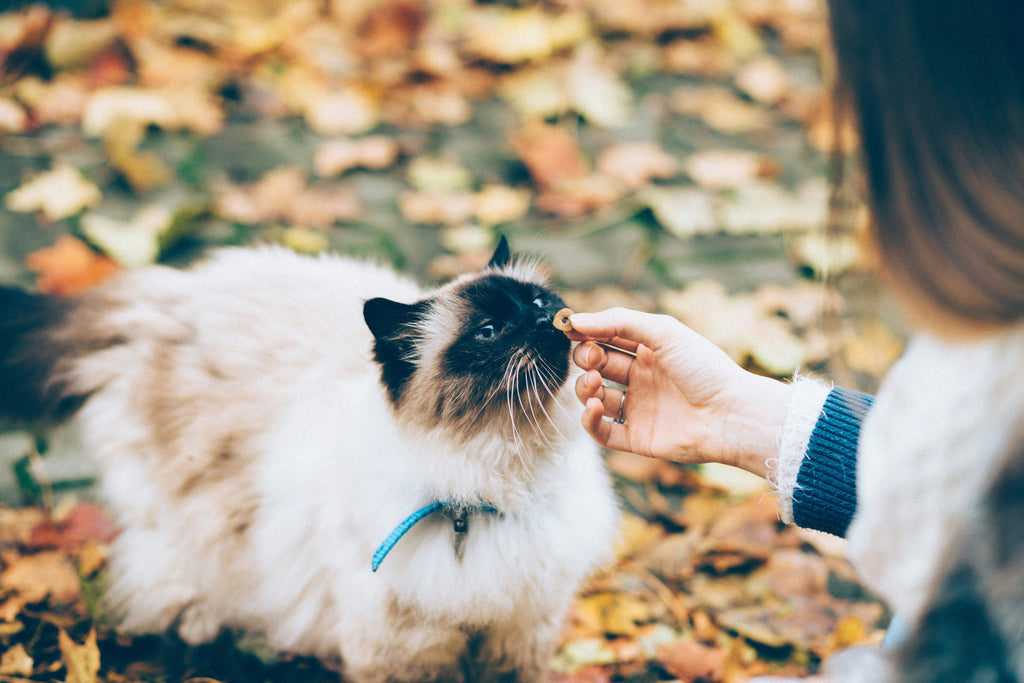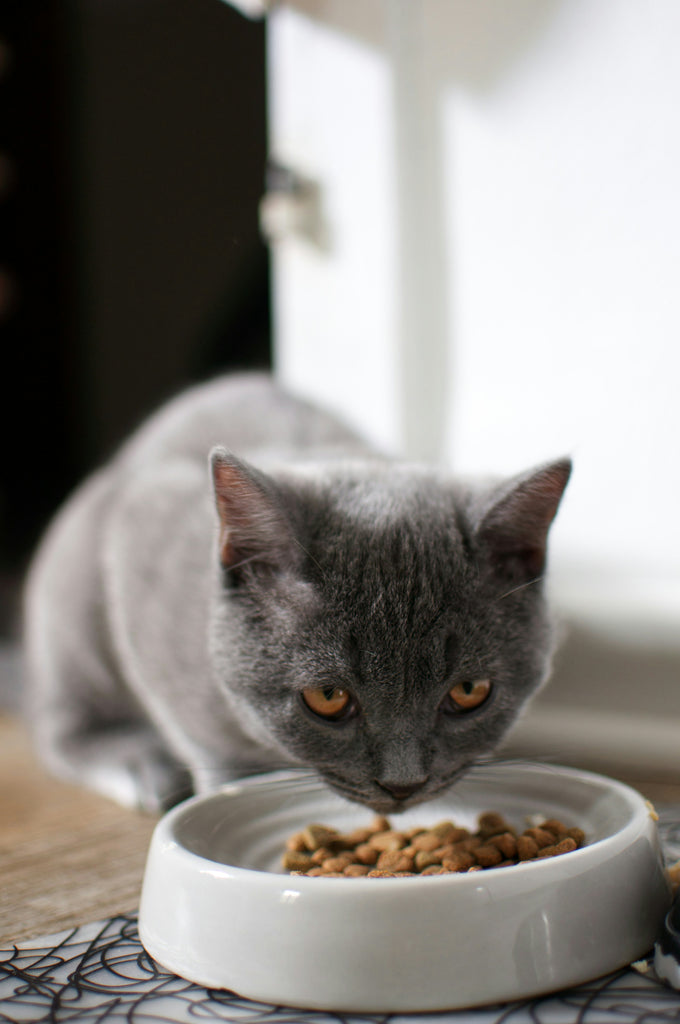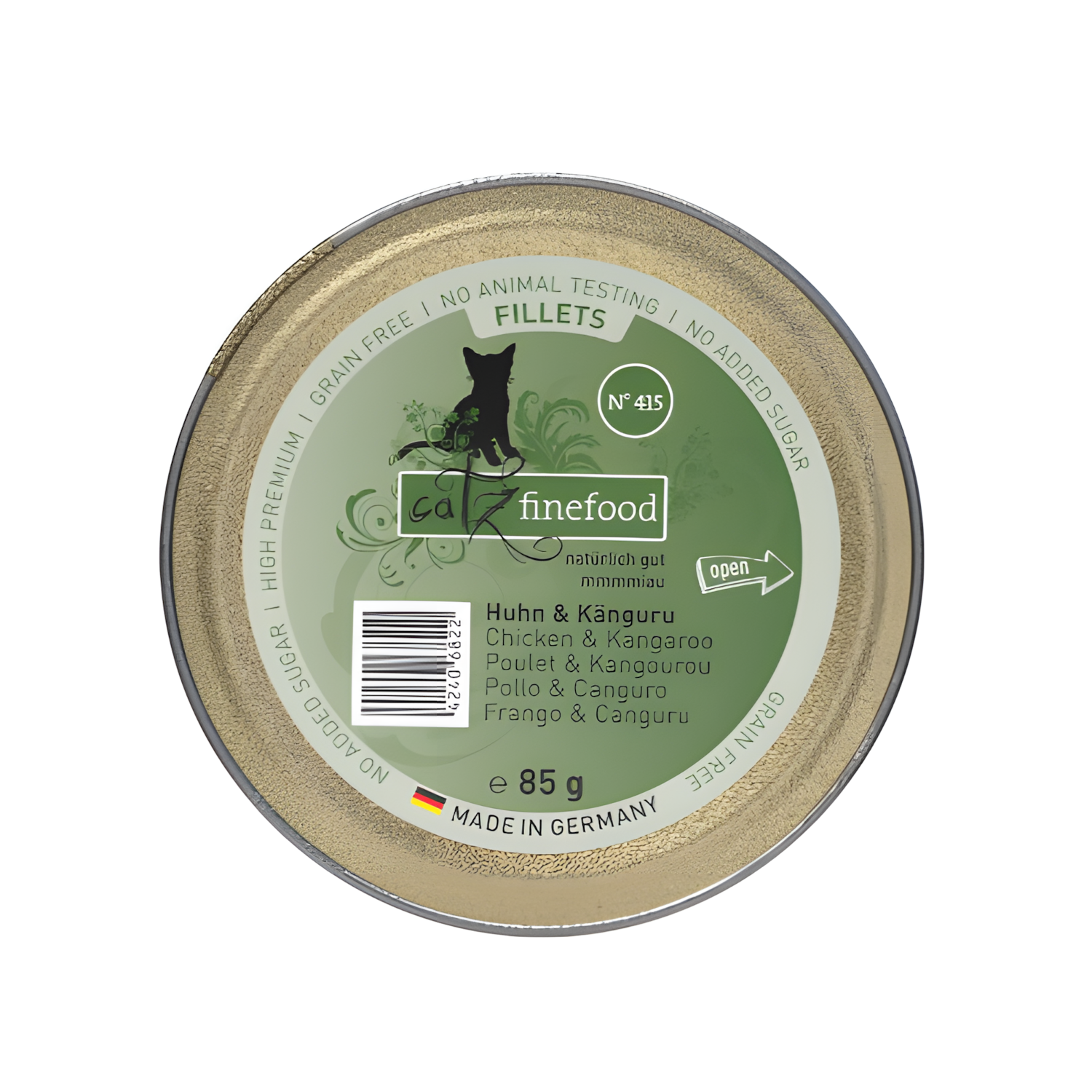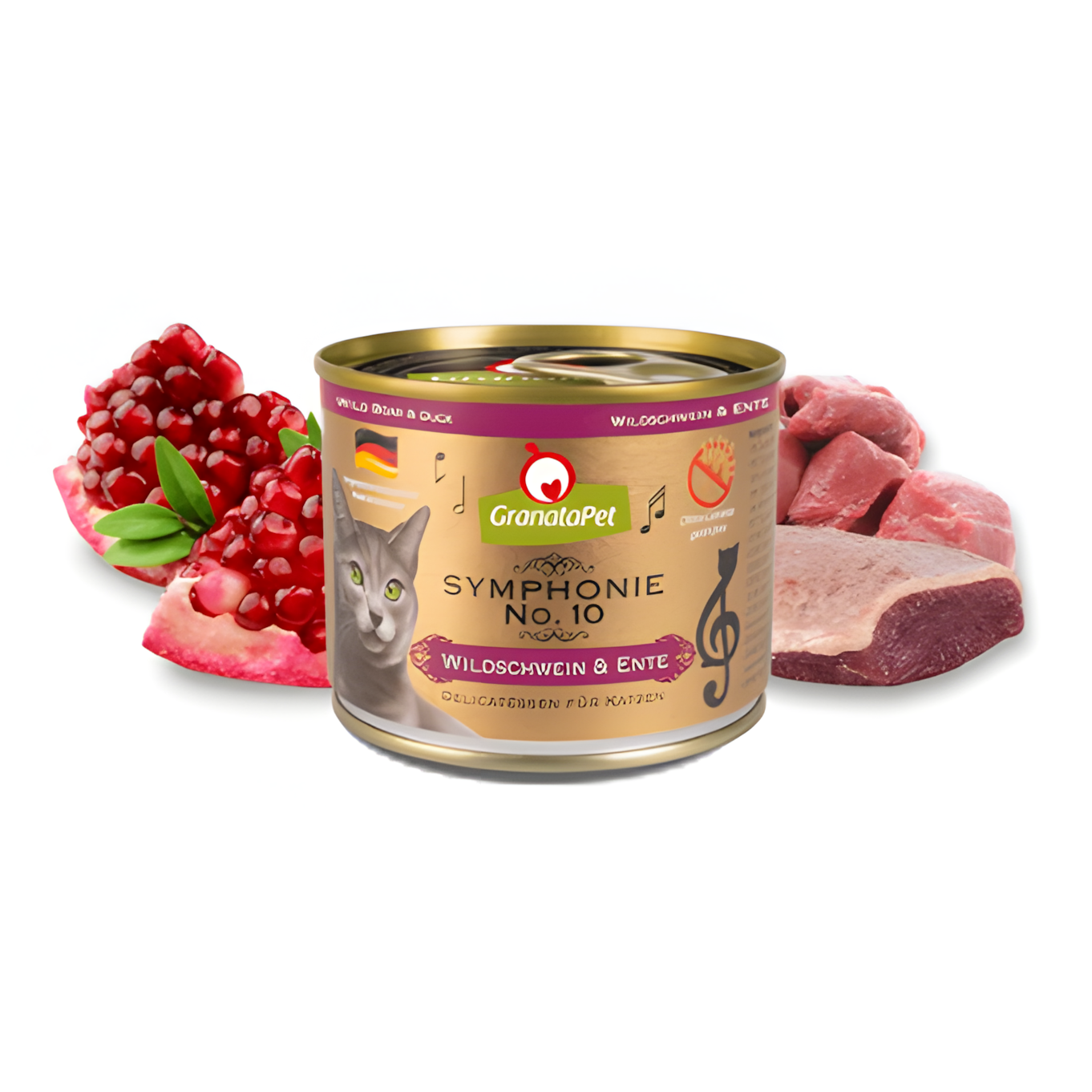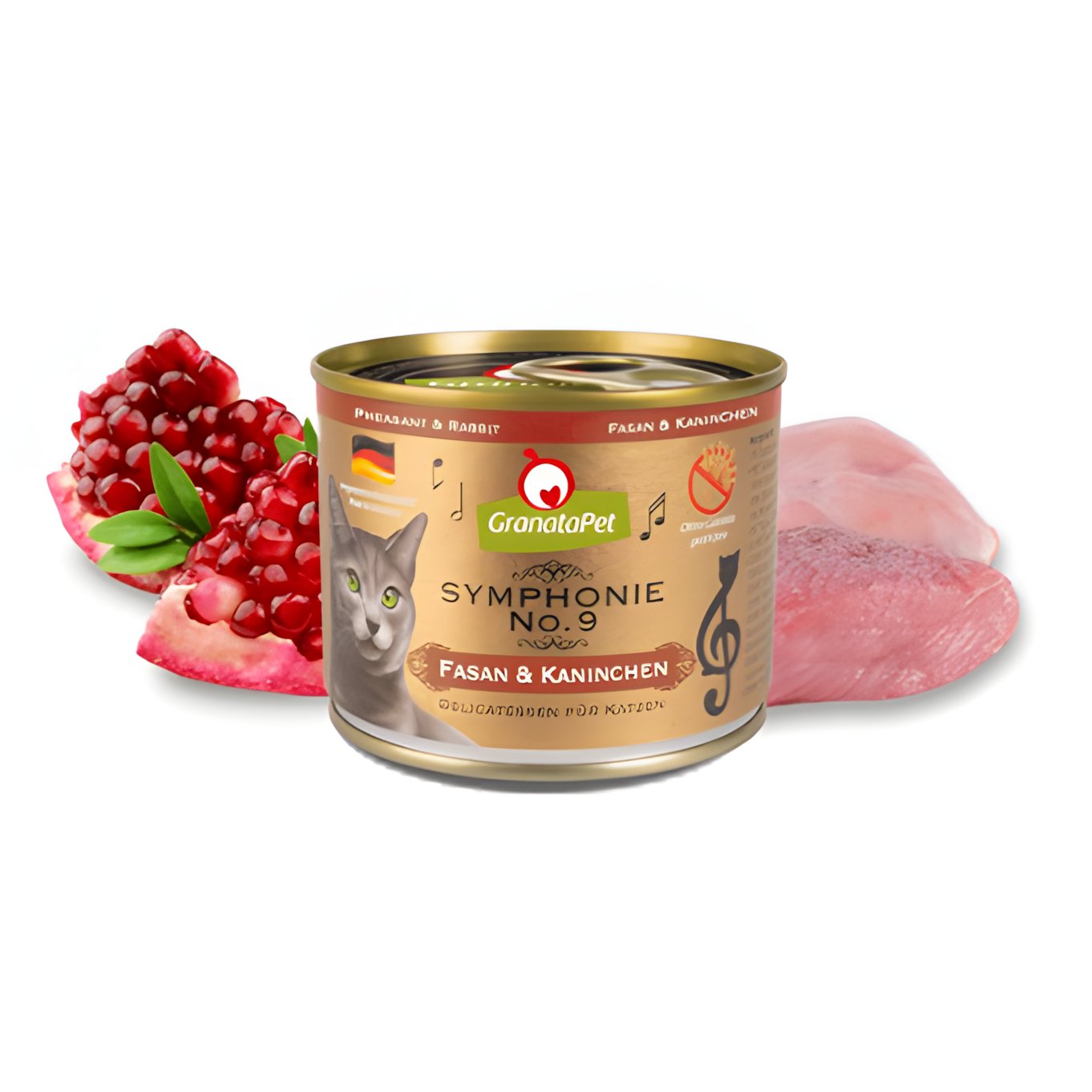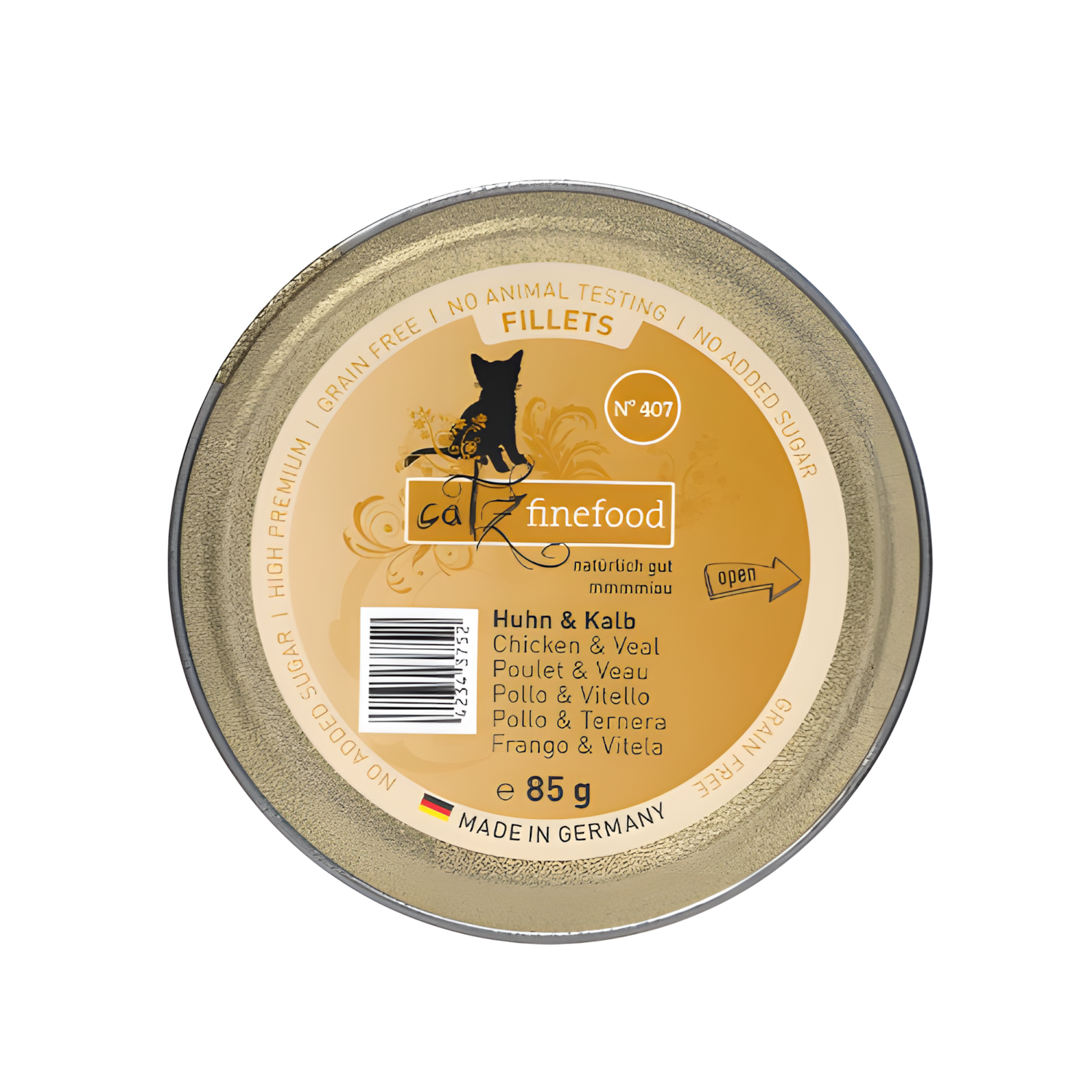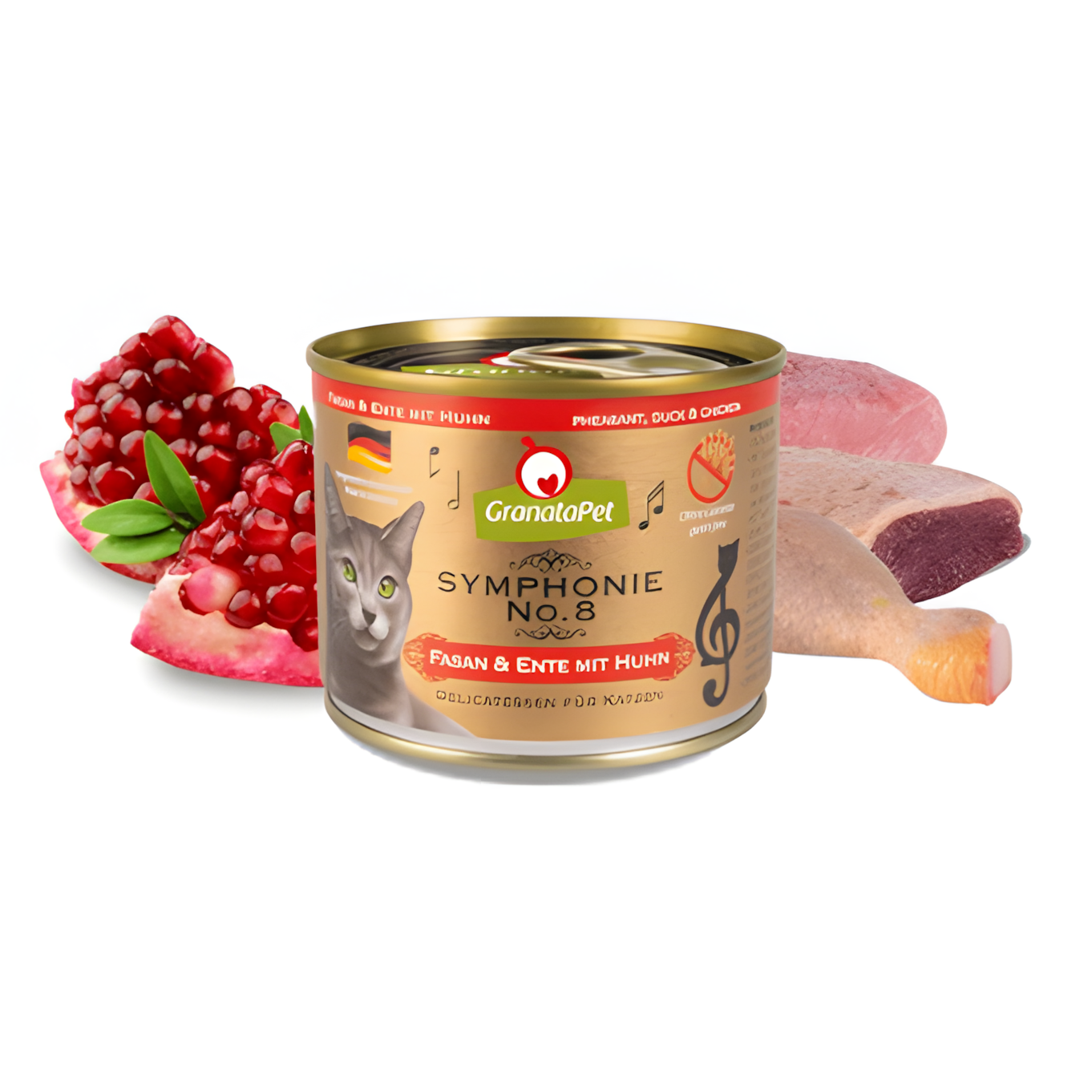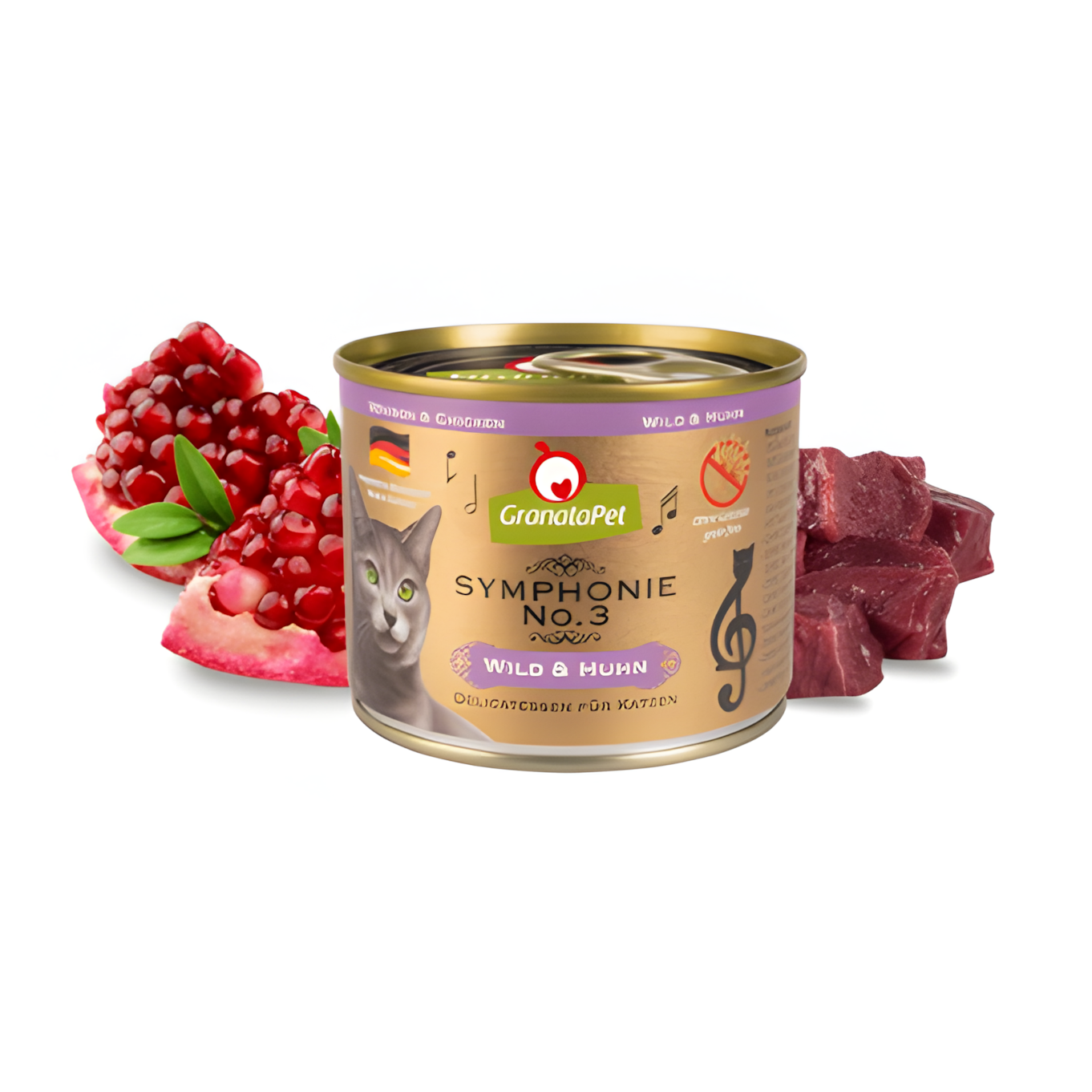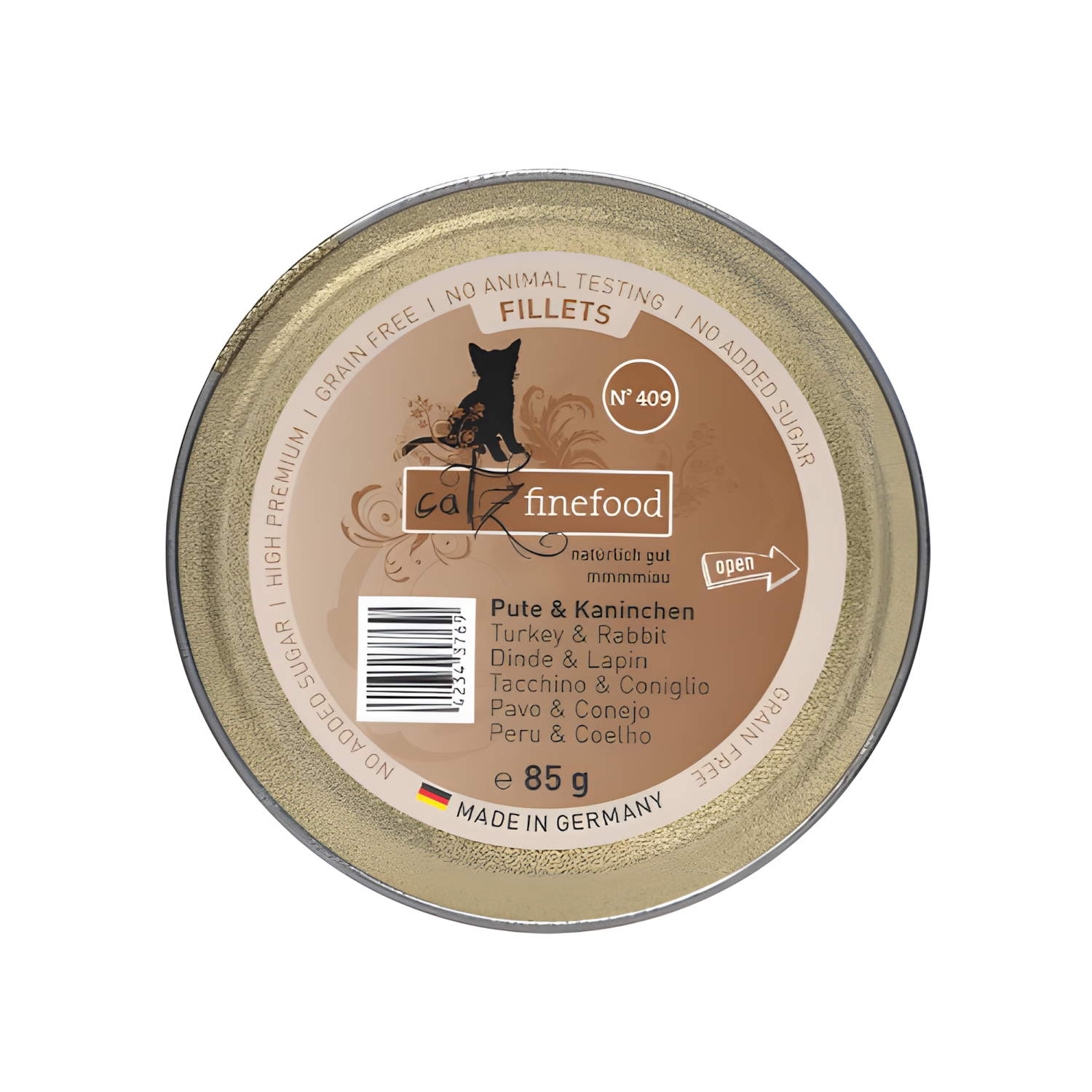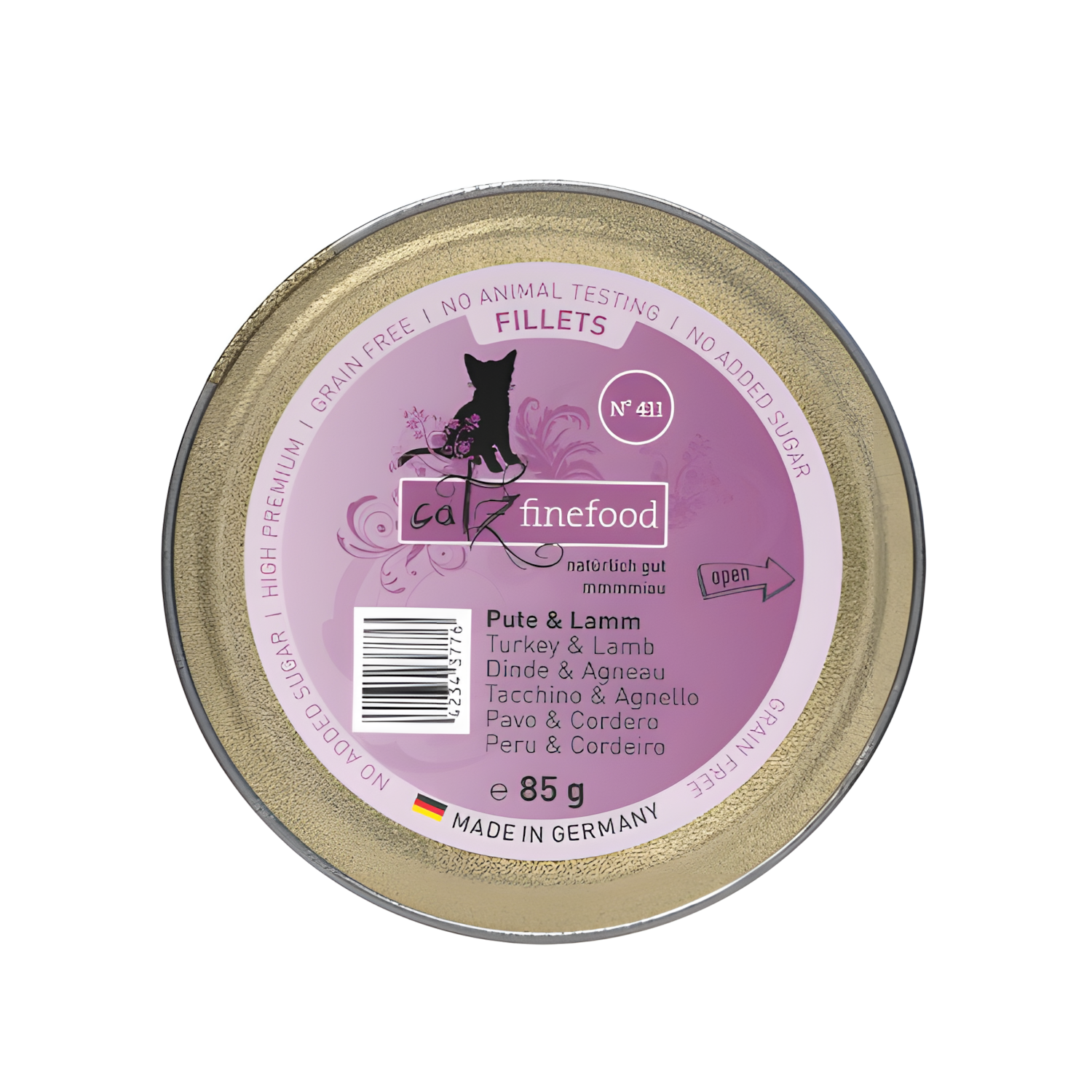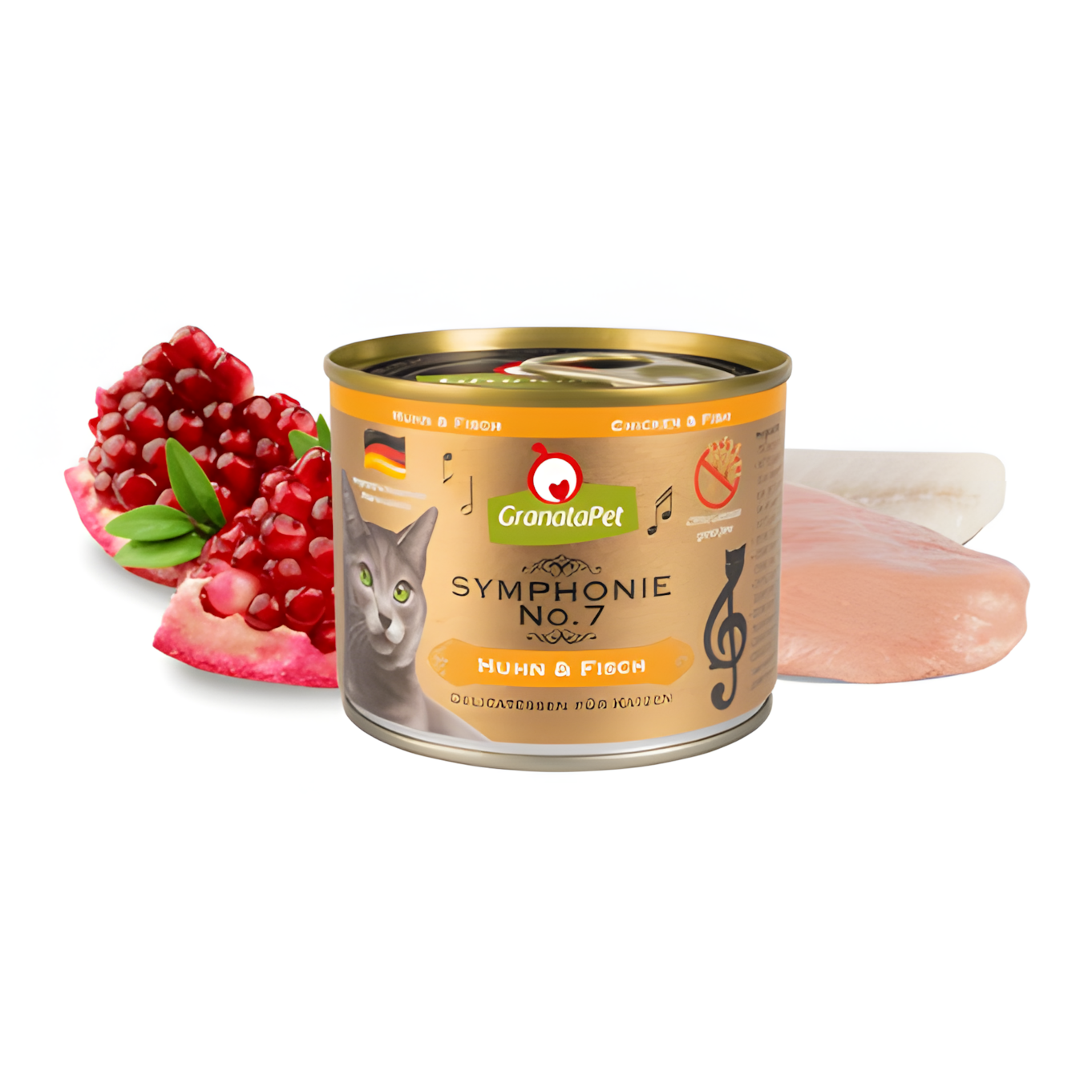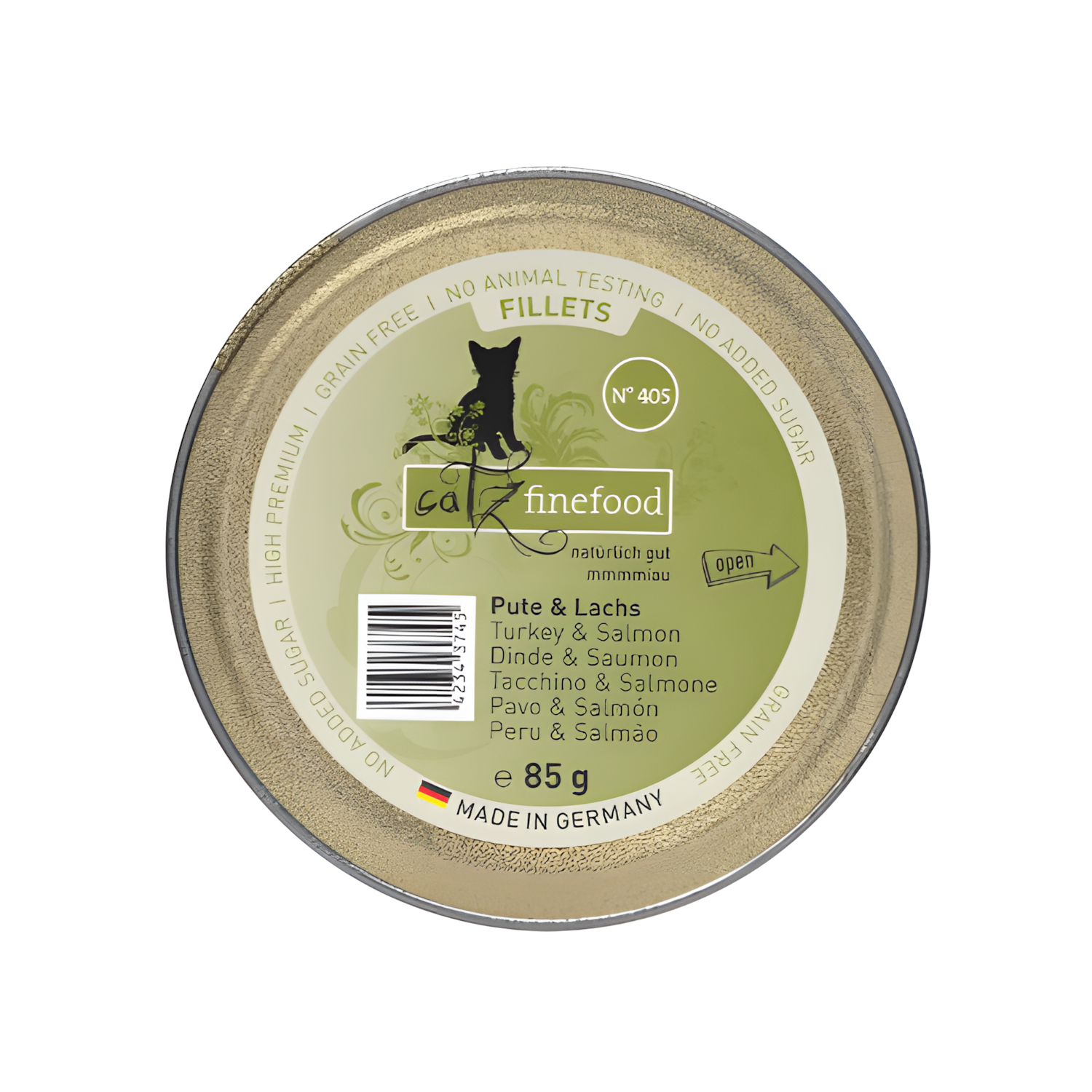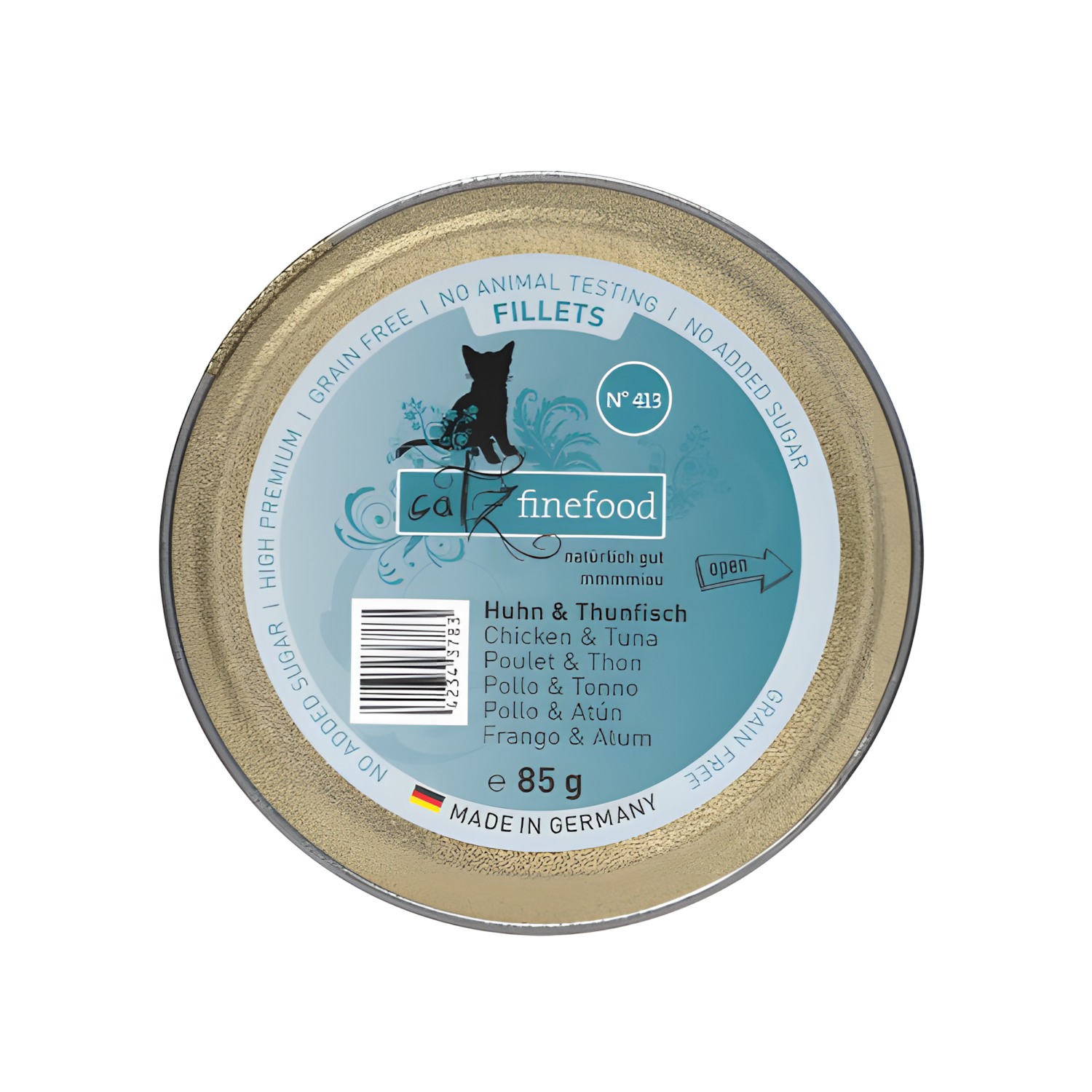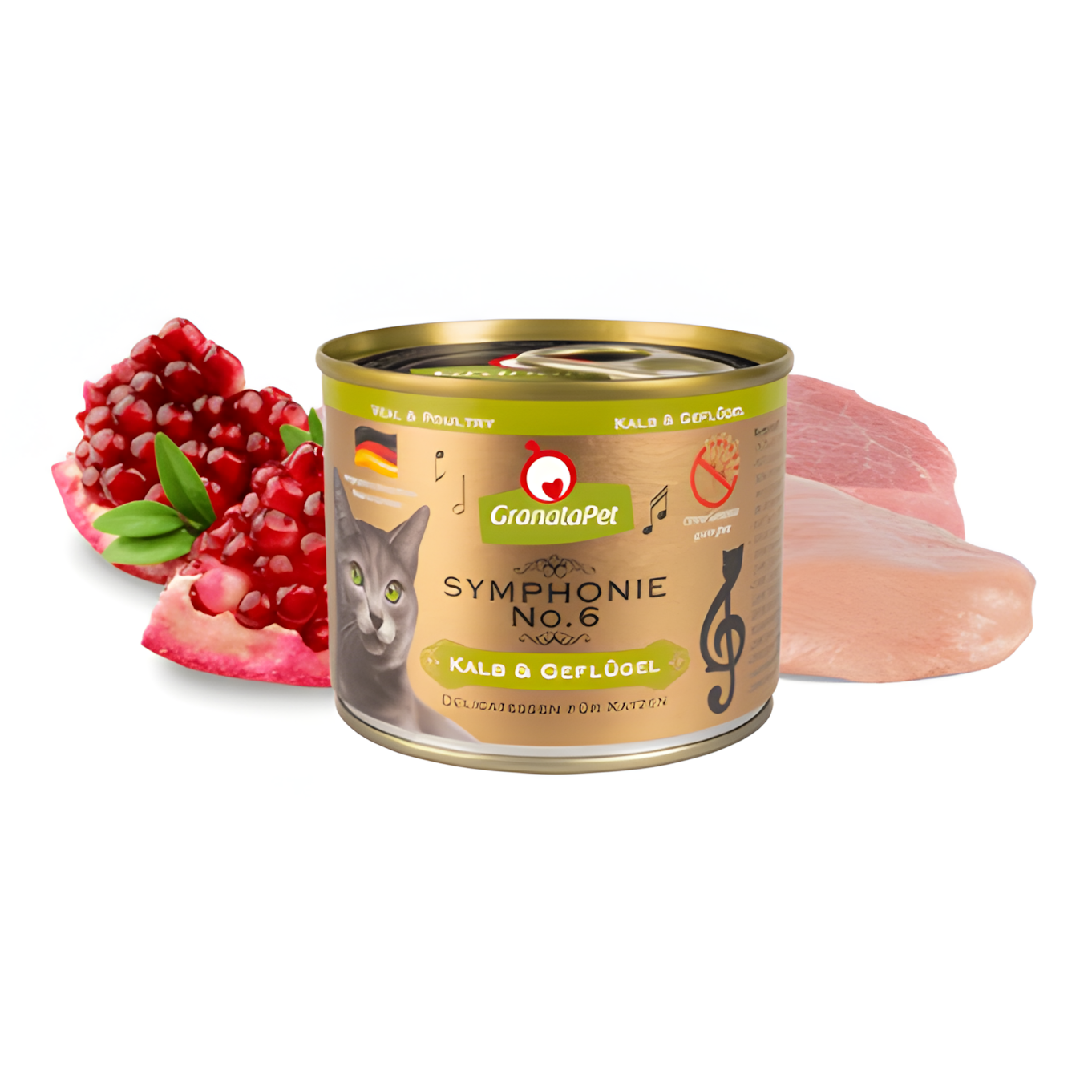Switching your pet’s food is not something to be taken lightly. An abrupt change can lead to digestive upset, making your pet uncomfortable and potentially leading to health issues. To ensure a smooth transition, it’s important to follow a step-by-step process that allows your pet’s system to adjust gradually.
Step 1: Choose the Right Time
Timing is everything when it comes to transitioning your pet to new food. Avoid making changes during times of stress, such as moving to a new home, during a vacation, or if your pet is ill. Opt for a period when your pet is healthy and relaxed to start the transition.
Step 2: Gradual Introduction
Begin by mixing a small amount of the new food with your pet’s current food. A good rule of thumb is to start with 25% new food and 75% old food. Over the course of 7-10 days, gradually increase the proportion of the new food while decreasing the old food. By the end of the transition period, your pet should be eating 100% new food.
Step 3: Monitor Your Pet’s Response
As you transition your pet to the new food, keep a close eye on their behavior and physical health. Watch for signs of digestive distress such as vomiting, diarrhea, or a decrease in appetite. If any of these symptoms occur, slow down the transition process or consult your veterinarian for advice.
Step 4: Maintain Consistency
Once your pet has fully transitioned to the new food, it’s important to maintain consistency. Frequent changes in diet can lead to digestive issues and picky eating habits. Stick to the new food unless there’s a compelling reason to change again, such as a medical condition or a recommendation from your vet.
Step 5: Hydration is Key
Ensure that your pet stays well-hydrated during the transition, especially if you’re switching from wet to dry food or vice versa. Proper hydration supports digestion and overall health, making the transition smoother.
Step 6: Consider Supplements
During the transition, you might consider adding digestive supplements or probiotics to your pet’s diet to aid in the adjustment. These can help maintain a healthy gut flora and reduce the risk of digestive upset.
Transitioning your pet to a new food doesn’t have to be stressful. By following a gradual process and monitoring your pet closely, you can ensure that the switch is smooth and that your pet remains happy and healthy. Always consult your veterinarian if you have any concerns during the transition process.
